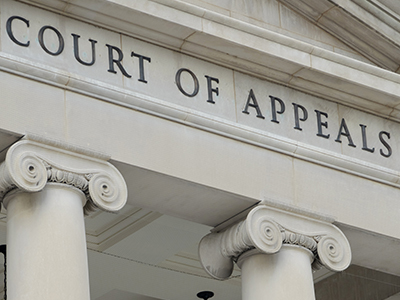Agreeing to take up yet another securities case, the Supreme Court granted cert on January 18 in three related appeals arising out of the alleged multi-billion dollar Ponzi scheme involving R. Allen Stanford’s Stanford International Bank. The Court’s decision in this case will likely resolve a circuit split over the scope of the preclusion provision of the Securities Litigation Uniform Standards Act (SLUSA).
Congress passed SLUSA in 1998 because plaintiffs were bringing class actions in state court to get around the tough pleading standards and other limitations imposed by the Private Securities Litigation Reform Act of 1995. SLUSA precludes state law class actions involving misrepresentations made “in connection with” the purchase or sale of a security covered under SLUSA. Lower courts have struggled with the meaning of those three words: “in connection with.” If a state court case has anything at all to do with securities, will it fail?How closely must a claim relate to the sale of covered securities before SLUSA bars state law remedies? The Supreme Court is about to weigh in on these questions.
In the Stanford ponzi scheme cases, the plaintiffs are investors who purchased CDs issued by Stanford International Bank. The investors asserted claims against third-party advisors (including law firms and an insurance broker) under Texas and Louisiana law, alleging that the investors were duped into believing the CDs were backed by safe securities. Although the CDs themselves were not securities covered by SLUSA, the third-party advisors argued that SLUSA nevertheless barred the state law claims because the alleged misrepresentations related to the SLUSA-covered securities that purportedly backed the CDs. The district court agreed, dismissing the actions. But the Fifth Circuit reversed the district court, holding that the alleged fraudulent scheme was only “tangentially related” to the trading of securities covered by SLUSA. The Fifth Circuit agreed with the Ninth Circuit that misrepresentations are not made “in connection with” sales of SLUSA-covered securities when they are only “tangentially related” to those sales. This means the Fifth and Ninth Circuits are at odds with the Second, Sixth, and Eleventh Circuits, which have all adopted broader views of SLUSA’s preclusion provision.
The third-party advisor defendants asked the Supreme Court to resolve the split, and the Supreme Court agreed, given that the circuit split threatensinconsistent outcomes in some of the biggest, mostcomplex, and multi-layered securities cases. The Court’s resolution will likely go a long way towards defining the role of state courts in adjudicating important class actions relating to securities issues.






